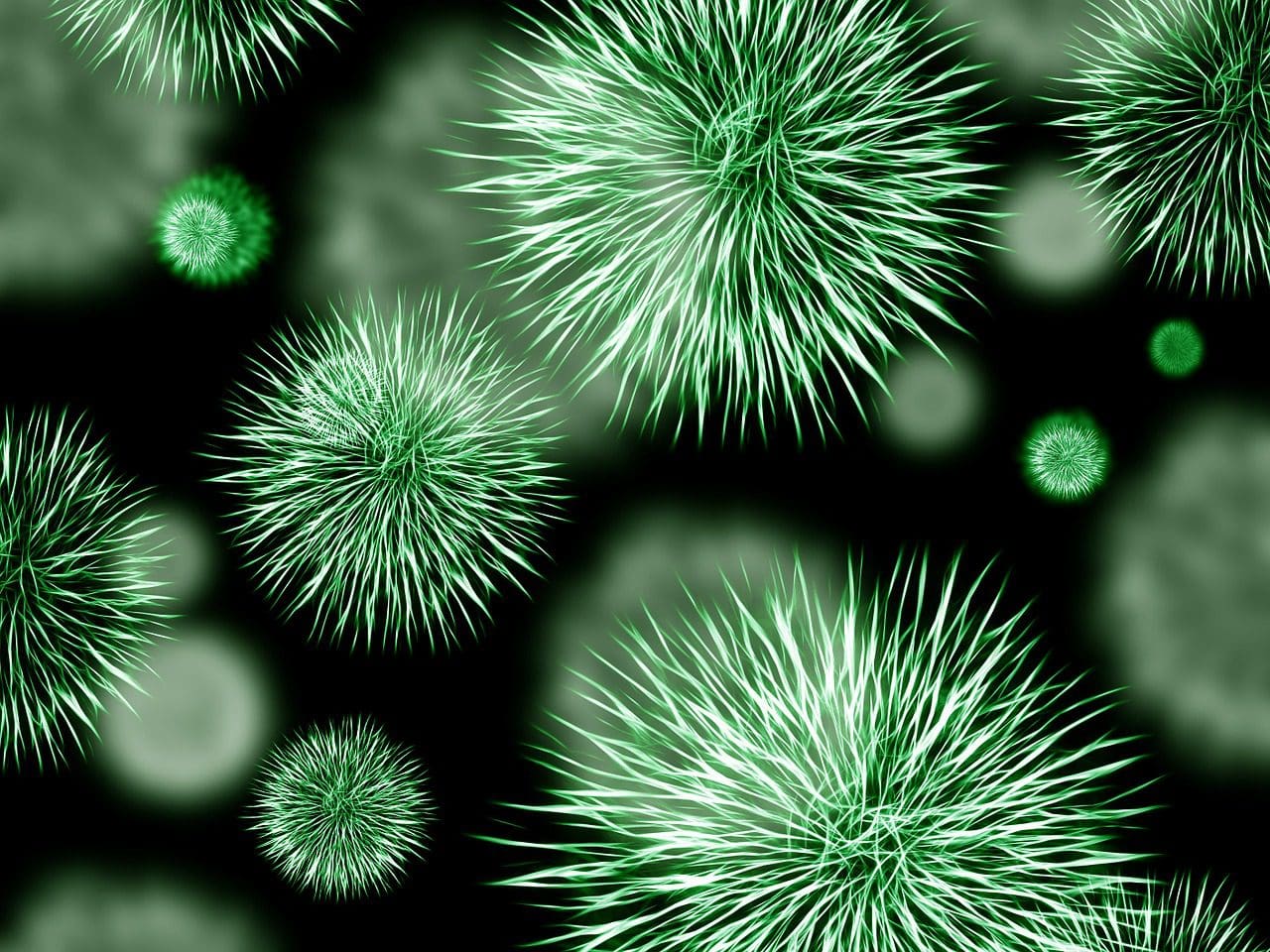Micro-sized objects are solid and made of particles that are smaller than one millimetre. Moreover, these objects exist in everything from dust to sand.
Macro-sized objects are not solid but instead consist of gases or liquids that can’t exist separately. Both Micro And Macro are exceptionally similar, yet they are extremely different from each other.
Key Takeaways
- Micro refers to small-scale factors or elements, while macro refers to large-scale systems or structures.
- In economics, microeconomics focuses on individual decision-making and market behavior, whereas macroeconomics examines the overall economy and factors like inflation and unemployment.
- Micro and macro perspectives can be applied to various fields, such as biology, sociology, and photography, to analyze different aspects of the subject.
Micro vs Macro
In the English language, micro is a noun or an adjective derived from the Greek word “mikros” which means “small”. Micro is a prefix to make an object sound small. Macro is a noun or adjective derived from the Greek word “makros” which translates to “big.” It is prefixed before an object to indicate that it is large or long.

Micro is a prefix meaning small. It is used to make words for things that are small, like microorganisms and microscopes.
Micro is used to mean something less intense or smaller in amount. For example, a microeconomist looks at more limited things, like the way people make decisions about buying items for their household.
Macro is a prefix meaning large, long, or big. It is used to make words for things that are large, like macroorganisms.
Macro is used to mean something more intense or larger in amount. For example, a macroeconomist looks at things that are more in quantity, like the way people think of buying more than one thing for themselves at one time.
Comparison Table
| Parameters of Comparison | Micro | Macro |
|---|---|---|
| Definition | Micro is a prefix used to make words for things that are very small in size. | Macro is a prefix used to make words for things that are large. |
| Former latter derivation | Mikros | Makros |
| Size | They are so small that they cannot be seen with our naked eyes. | They are bigger and can be seen with our naked eyes. |
| Relation with Economics | Microeconomics is the study of individuals and business decisions. | Macroeconomics is the study of the decisions of countries and governments. |
| Example | Microorganisms like bacteria and viruses, microchips, microcomputers, etc. | Macroorganisms like humans and animals, vehicles, etc. |
What is Micro?
“Micro” is used as a prefix with words that are smaller than ordinary. For example, if someone talks about being “micro-scale,” they’re describing something very small, microorganisms like bacteria and viruses.
Sometimes, “micro” is used as a stand-alone word. For example, the microprocessor is a type of computer chip that has many smaller circuit boards inside.
These smaller boards are then connected to form a larger circuit. It’s important to note that both uses of the word “micro” are correct, though the latter use is more formal.
The prefix “micro” originated in Ancient Greek, meaning “small” or “little.” Despite its origins, some people think it’s not an actual prefix since it doesn’t appear in the Oxford English Dictionary database.
However, in 2010, the OED announced that it would be adding “micro” to its database because it’s too “informal-looking” to be a true prefix. In addition, “micro” is sometimes used as a suffix with words that indicate smallness.
According to the Oxford English Dictionary, when followed by an entire word, this prefix indicates any size or degree of a size vastly smaller than normal. For example, microcomputer; microorganism.
When combined with a prefix denoting an attribute such as ‘small’ or ‘near’ (e.g., mini- or microbe) and used alone ( without a prefix denoting an attribute), this prefix may indicate a degree of size smaller than or roughly equal to that of the prefix or element to which it is added micro-liter, micro-structure.

What is Macro?
“Macro” is used as a prefix with words that are larger than ordinary. For example, if someone talks about being “macro-scale,” they’re describing something very large, for example, macroorganisms like humans, animals like dogs, cats, etc.
A macro-scale model of plants is a scale that goes beyond the level of detail shown in standard-size models. This is used when trying to think about the scale of insects, which are microscopic but have an enormous impact on their environment.
The air around us contains billions upon billions of macro-sized particles, so being aware of these things can be important if you or someone you care about is exposed to them.
The word “macro” means “large,” so a macro-scale model would be anything larger than a human that includes everything from ants and giraffes to hurricanes and icebergs. Macro-scale models can be used to understand patterns at a larger scale, and they can help the user understand the impacts of things such as climate change or urban planning.
Macro-scale models are especially effective at helping people visualize large numbers.
For example, anything smaller than bacteria would qualify as macro-sized, such as anything big enough to see without a microscope. If someone is dealing with a dust storm in Egypt, they’re going to have a very rough time if they don’t know that the storm could contain millions of macro-sized particles that will put them in danger of respiratory illness or death.
Macro-scale models are different from the standard models of the world that we use every day when we think about things like traffic flow, climatic changes, or global warming.

Main Differences Between Micro And Macro
- Micro is a prefix used to make words for things that are very small in size, whereas Macro is a prefix used to make words for things that are large.
- Micro are so small that they cannot be seen with our naked eyes, whereas the Macro is bigger and can be seen with our naked eyes.
- The former latter from which Micro derivation took place is Mikros, whereas macro derivation took place in Makros.
- Relation of micro with economics is Microeconomics is the study of individuals and business decisions, whereas Macroeconomics is the study of the decisions of countries and governments.
- Examples of micro include microorganisms like bacteria and viruses, microchips, microcomputers, etc., whereas Macro includes Macroorganisms like humans and animals, vehicles, etc.

- https://link.springer.com/article/10.1007/s00191-004-0193-0
- https://link.springer.com/content/pdf/10.1007/3-540-31786-4.pdf

This is so well put together! I love how it covers so many different aspects
Yes, very insightful and informative
Agreed, it’s a great piece of content
I found this post extremely useful, thank you for sharing!
This is so useful, thank you for sharing!
Completely agree, I’ve never read such detailed and informative content before
This is so interesting and well explained. I appreciate the depth of detail on this subject
Completely agree, they did an amazing job on this post
Absolutely, I love how clearly everything was laid out
I love the detail and scope of this post, it’s fascinating
Completely agree, I’ve learned so much from reading this
Absolutely, great work on explaining such complex topics
Very informative, and even enjoyable to read
I definitely agree, this is some top-notch content
Thoroughly enjoyed reading this post!
What a great read! I feel like I’ve learned so much from this post
Absolutely, a well-written and informative piece
Wonderful and comprehensive explanation!
I totally agree! This is really helpful information